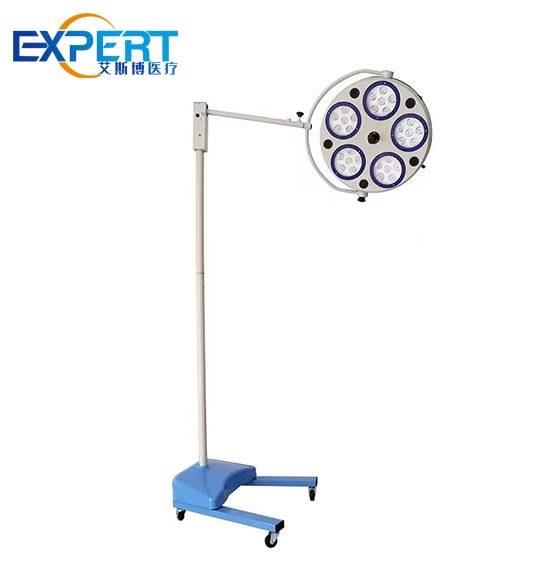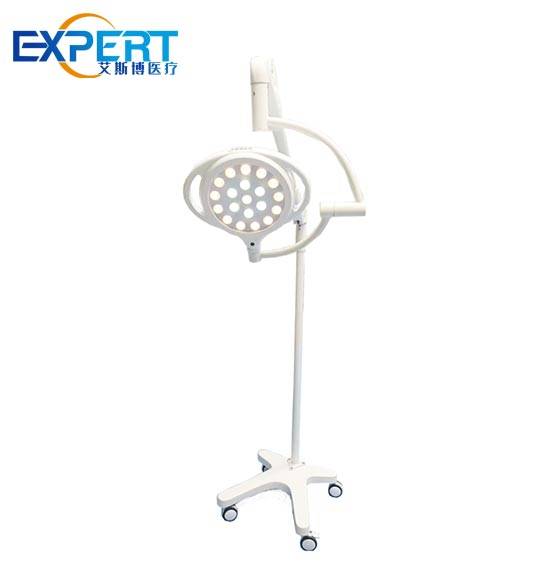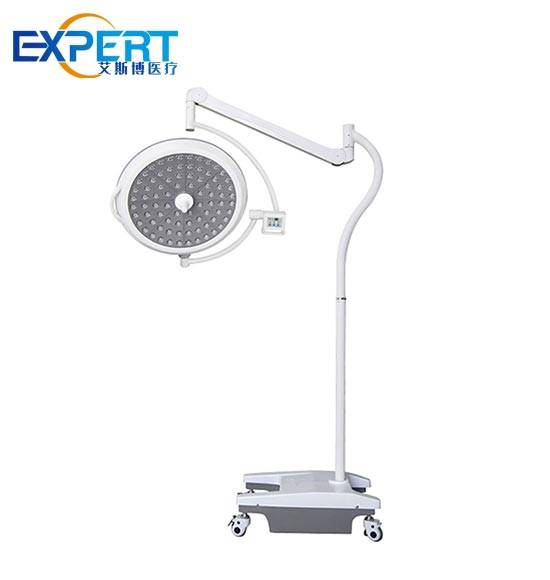Endereço
304 North Cardinal St.
Dorchester Center, MA 02124
Horas de trabalho
Segunda a sexta: 7h00 - 19h00
Fim de semana: 10h - 17h
Choosing the right mobile surgery lights for your practice is crucial for ensuring optimal visibility and precision during surgical procedures. Mobile surgery lights offer flexibility, portability, and enhanced illumination, making them an invaluable asset in modern medical facilities. This comprehensive guide will help you understand the key factors to consider, compare different models, and provide practical tips for selecting the best mobile surgery lights for your practice.

Mobile surgery lights are essential in medical settings where flexibility and mobility are required. These lights are designed to provide high-quality illumination, which is critical for performing precise and safe surgical procedures. Unlike fixed surgery lights, mobile surgery lights can be easily moved and adjusted to the desired position, ensuring that surgeons have the best possible visibility.
The intensity and quality of light are critical factors to consider. Look for mobile surgery lights that offer adjustable intensity levels and provide bright, white light that closely mimics natural daylight. This helps in reducing eye strain and improving visibility.
The color temperature of the light affects how tissues and structures are perceived. Ideal mobile surgery lights should have a color temperature between 4000K and 5000K, which provides a balance between warm and cool light, ensuring accurate tissue differentiation.
For true mobility, consider the battery life and power source of the mobile surgery lights. Long-lasting batteries or reliable rechargeable options are essential to ensure uninterrupted operation during procedures.
The ease of maneuverability is another important consideration. Look for lights with smooth, easy-to-move bases and adjustable arms that allow for precise positioning and stability during use.
The build quality of mobile surgery lights determines their longevity and reliability. Choose lights made from high-quality materials that can withstand the rigors of daily use in a medical environment.
Additional features such as sterilizable handles, focus adjustment, and anti-glare filters can enhance the functionality and usability of mobile surgery lights. These features contribute to better hygiene and ease of use during surgeries.
| Recurso | Luzes Cirúrgicas Móveis | Fixed Surgical Lights |
|---|---|---|
| Mobilidade | Can be moved easily from one location to another | Mounted in a fixed location |
| Posicionamento | Can be positioned closer to the surgical site for better illumination | Can be positioned at a wider range of angles |
| Shadows | Less likely to cast shadows due to their ability to be positioned closer to the surgical site | More likely to cast shadows due to their fixed position |
| Intensidade | Can be adjusted to provide the desired level of illumination | Can be adjusted to provide the desired level of illumination |
| Heat | May generate heat, which can be uncomfortable for the patient and surgical team | May generate heat, which can be uncomfortable for the patient and surgical team |
| Custo | Typically more expensive than fixed surgical lights | Typically less expensive than mobile surgical lights |
| Aplicações | Ideal for use in operating rooms with multiple surgical tables | Ideal for use in operating rooms with a single surgical table |









Evaluate the specific requirements of your practice, including the types of procedures performed, the size of the operating rooms, and the mobility needed. This will help you determine the most suitable features and specifications for your mobile surgery lights.
Consider the operating environment where the mobile surgery lights will be used. Factors such as room size, ceiling height, and existing lighting conditions can influence the type of mobile surgery lights you need.
Reading user feedback and reviews can provide valuable insights into the performance and reliability of different mobile surgery lights models. Look for reviews from medical professionals who have used the lights in similar settings to yours.
Consulting with manufacturers and suppliers can help you understand the technical specifications and capabilities of various mobile surgery lights. They can also provide demonstrations and answer any questions you may have.
While quality and performance are paramount, it is also important to consider your budget. Compare the cost of different models and choose the one that offers the best value for your investment without compromising on essential features.

In this section, we present a case study that highlights the implementation of mobile surgery lights in a hospital setting. The focus is on how these lights improved surgical outcomes and operational efficiency.
The hospital is a mid-sized facility with multiple operating rooms catering to various surgical specialties. The need for mobile surgery lights arose from the desire to enhance flexibility and provide high-quality illumination for different surgical procedures.
The implementation of mobile surgery lights resulted in improved visibility and precision during surgeries. Surgeons reported reduced eye strain and better differentiation of tissues, leading to more accurate and efficient procedures. The hospital also benefited from the cost-effectiveness and ease of maintenance of the mobile surgery lights.
Choosing the best mobile luzes cirúrgicas for your practice involves careful consideration of various factors, including light intensity, color temperature, battery life, maneuverability, and additional features. By understanding your specific needs and evaluating different models, you can select mobile surgery lights that enhance the quality and efficiency of surgical procedures. This guide provides a comprehensive overview to help you make an informed decision and ensure the best possible outcomes for your practice.
Mobile surgery lights are portable lighting systems designed to provide high-quality illumination for surgical procedures. They offer flexibility and can be easily moved and positioned as needed.
Mobile surgery lights differ from fixed surgery lights in their portability and flexibility. They can be easily transported and adjusted, making them ideal for various surgical settings, whereas fixed surgery lights are permanently installed in the ceiling.
When choosing mobile surgical lights, consider factors such as light intensity, color temperature, battery life, maneuverability, durability, and additional features like focus adjustment and sterilizable handles.
Yes, mobile surgical lights can be used for a wide range of surgical procedures. Their flexibility and high-quality illumination make them suitable for various surgical specialties.
To maintain mobile surgical lights, follow the manufacturer’s guidelines for cleaning and maintenance. Regularly check the battery life, ensure the light is free from contaminants, and perform routine inspections to ensure optimal performance.
Mobile surgical lights can be a cost-effective option compared to fixed ceiling-mounted lights. They offer flexibility and portability without compromising on performance, making them a valuable investment for many medical practices.
Adjustable light intensity allows surgeons to customize the illumination based on the specific needs of the procedure. This enhances visibility and reduces eye strain, improving surgical precision and outcomes.
Color temperature affects how tissues and structures are perceived during surgery. Ideal mobile surgical lights should have a color temperature between 4000K and 5000K, providing a balance between warm and cool light for accurate tissue differentiation.
Additional features to look for in mobile surgical lights include sterilizable handles, focus adjustment, anti-glare filters, and rechargeable batteries. These features enhance usability, hygiene, and overall performance.
To choose the right mobile surgical lights, assess your specific needs, consider the operating environment, evaluate user feedback and reviews, consult with manufacturers and suppliers, and consider your budget. This comprehensive approach will help you select the best mobile surgery lights for your practice.
